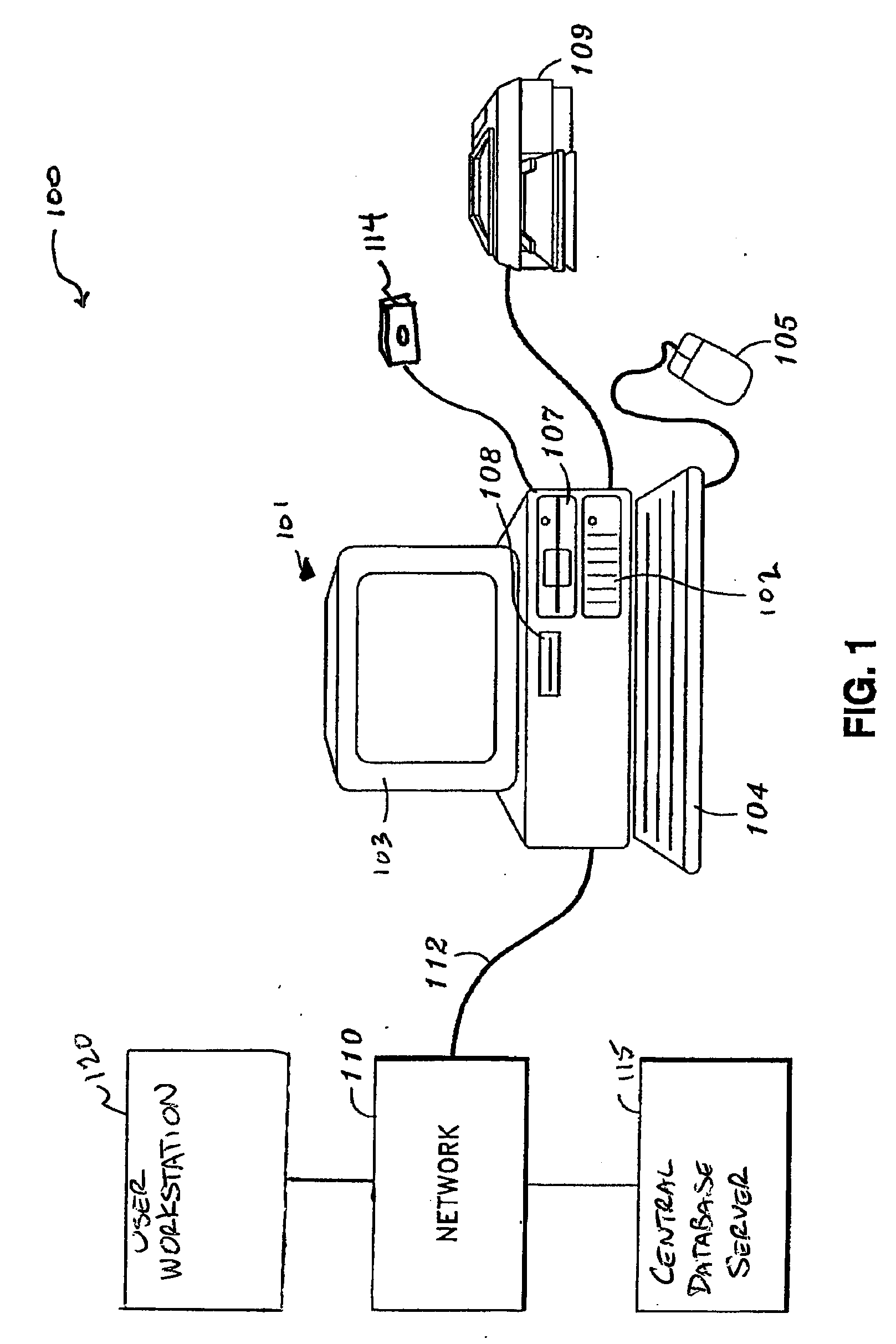Detection of unsolicited electronic messages
a technology detection methods, applied in the field of detection can solve the problems of reducing the amount of time available for personnel to perform more productive activities, affecting the delivery affecting the quality of unsolicited electronic messages, etc., and achieve the effect of preventing the delivery of similar unsolicited electronic messages
- Summary
- Abstract
- Description
- Claims
- Application Information
AI Technical Summary
Benefits of technology
Problems solved by technology
Method used
Image
Examples
Embodiment Construction
[0025] As recited herein, in one implementation, the detection of unsolicited electronic messages is accomplished by eliminating the stream of revenue which unsolicited electronic messages provide to spammers, thereby reducing the motivation for spammers to distribute bulk electronic messages in the first place. It has been determined that nearly all unsolicited electronic messages are sent for the purpose of generating revenue, and that the primary vehicle for generating revenue via unsolicited electronic message is the proffering of products or services. There is thus a high probability that each unsolicited electronic message provides point-of-contact information for a recipient to make contact with the spammer to provide payment or receive additional information, such as via a telephone number or an electronic mail address.
[0026] With the knowledge that a majority of unsolicited electronic messages include this point-of-contact information, it is possible to search for the most...
PUM
 Login to View More
Login to View More Abstract
Description
Claims
Application Information
 Login to View More
Login to View More - R&D
- Intellectual Property
- Life Sciences
- Materials
- Tech Scout
- Unparalleled Data Quality
- Higher Quality Content
- 60% Fewer Hallucinations
Browse by: Latest US Patents, China's latest patents, Technical Efficacy Thesaurus, Application Domain, Technology Topic, Popular Technical Reports.
© 2025 PatSnap. All rights reserved.Legal|Privacy policy|Modern Slavery Act Transparency Statement|Sitemap|About US| Contact US: help@patsnap.com



